A Week in Costa Rica
This post contains affiliate links, meaning I make a small commission if you purchase something from a link, however, the best way to book the hotels mentioned is to reach out directly as I can add perks that aren’t available with the affiliate links. As always, all opinions are my own and I would not recommend something I wouldn’t personally spend my money on or recommend for my clients.
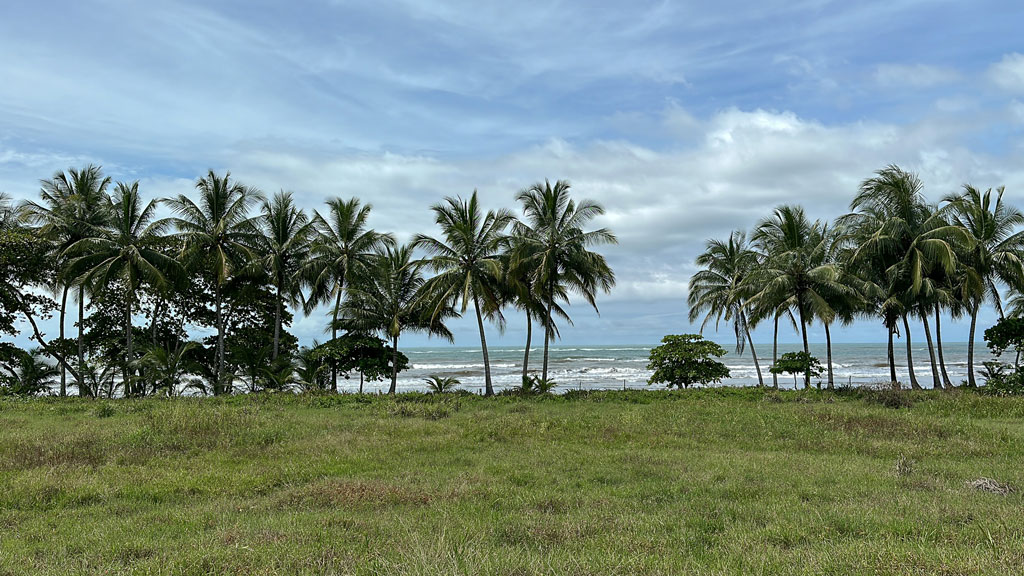
I had always heard Costa Rica is a beautiful destination, sometimes offering transformational experiences, but I still didn’t quite know what to expect before my FAM trip to the country (FAM is short for familiarization). I had the most beautiful, transformational experience during my visit. Maybe it was the magic of visiting a new destination or being part of a great group of advisors that got along really well, or perhaps it was the generosity of our hosts and the top-notch accommodations. All of those played a factor, but I think what really struck me about Costa Rica was learning about the country from all of our guides and hosts. Costa Ricans take immense pride in their country and culture and to have them accompany us on every leg of the journey was completely invaluable. During every transfer, every meal and every activity, I learned so much about the country and the regions we were visiting. I learned how dynamic Costa Rica is with each region and that there are activities to suit every type of traveler. Below is a summary of where we stayed and what we did throughout the week as well as some key things to know about the country. If Costa Rica has been on your “to travel” list, I’d love to help tailor an itinerary just for you!
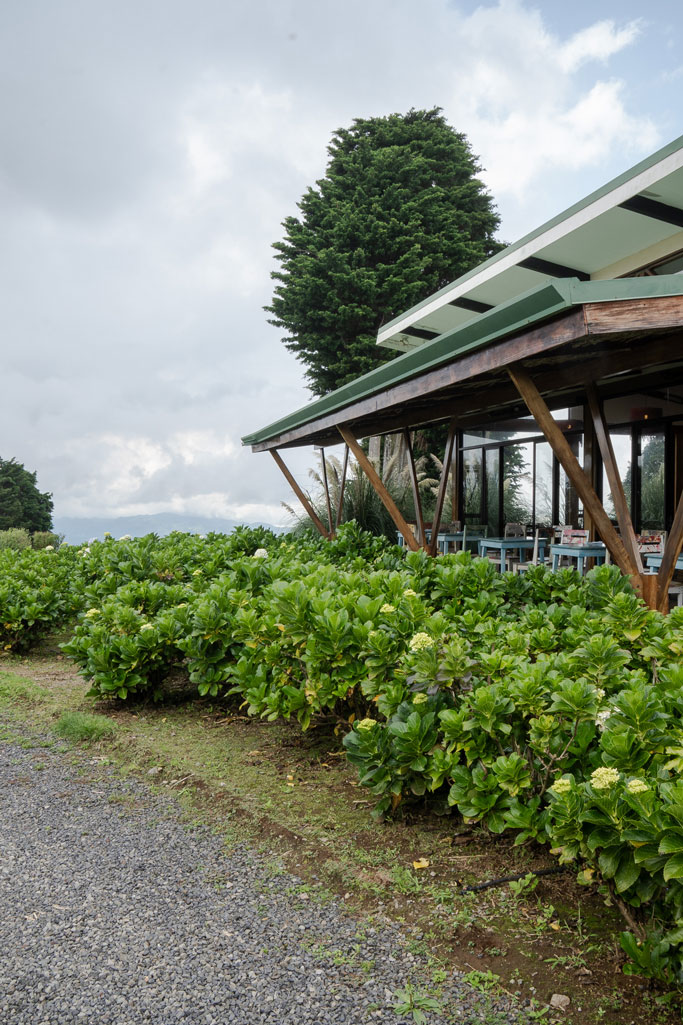
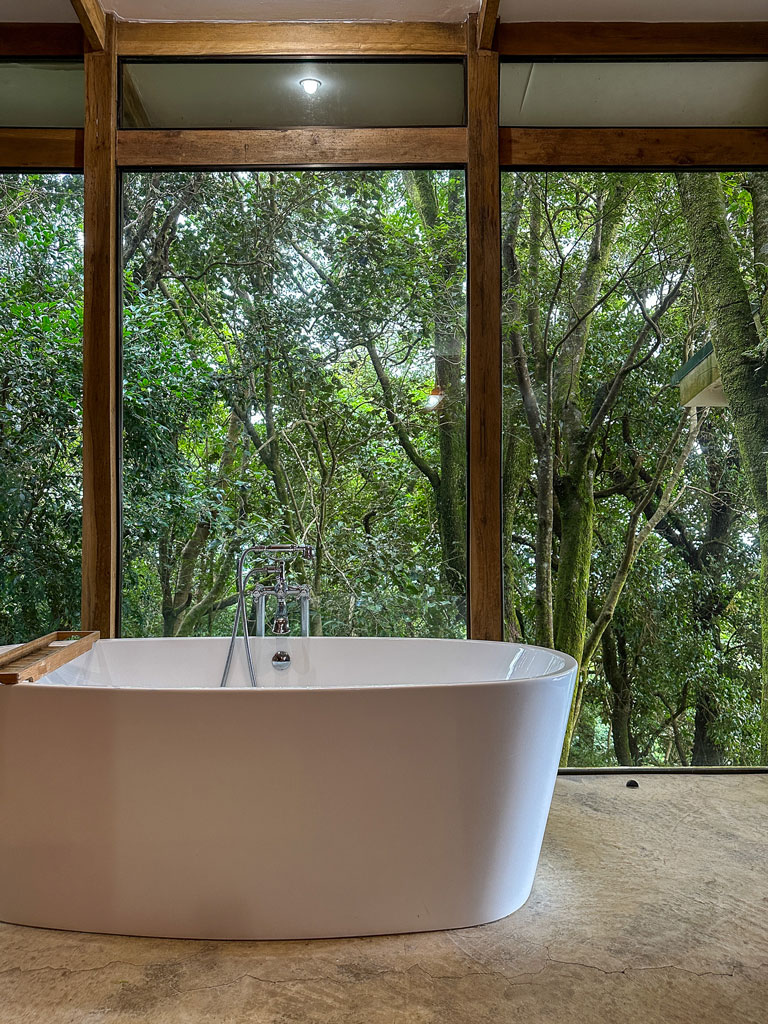

COSTA RICA FAQs
- The dry season (December to April) is the most popular time to visit. The green (rainy) season from May to November offers lush landscapes and fewer crowds.
- Costa Rica has a tropical climate with two main seasons: the dry season and the rainy season. Temperatures are typically warm year-round, with coastal areas being hotter and the highlands cooler. Be prepared for a lot of humidity!
- Popular regions include the Pacific Coast (Guanacaste and Manuel Antonio for beaches, luxury resorts and national parks), the Caribbean Coast (Puerto Viejo for Afro-Caribbean culture and rain forests), the Central Valley (San José and Arenal Volcano for coffee plantations and cultural experiences), and the Cloud Forests (Monteverde for the cloud canopies and biodiversity).
- Costa Rica is known for adventure activities like zip-lining, surfing, whitewater rafting, hiking volcanoes, wildlife spotting, and snorkeling or scuba diving.
- Costa Rica is a great destination for families, solo travelers, honeymooners/couples, offering kid-friendly adventures like visiting wildlife reserves, beaches, and soft adventure activities like easy hikes and boat tours.
- Costa Rican cuisine includes staples like gallo pinto (rice and beans), casado (a traditional dish with meat, rice, beans, plantains, and salad), fresh seafood, tropical fruits, and ceviche.
- For U.S. citizens and most visitors from Europe, no visa is required for stays of up to 90 days. Just a valid passport and a return ticket are needed.
- Costa Rica is considered one of the safest countries in Central America for travelers. However, it’s always important to take standard precautions like keeping an eye on belongings and staying aware of your surroundings.
- Costa Rica’s culture emphasizes peace, sustainability, and hospitality, with locals embodying the famous phrase “Pura Vida” (pure life), a reflection of the country’s relaxed and positive outlook.
- The local currency is the Costa Rican colón, but U.S. dollars are widely accepted in tourist areas. Tipping is appreciated but not required, with 10% usually added to restaurant bills, though additional tips are welcome for good service.
We experienced 4 different areas of the country: San Jose/the Central Valley, the Arenal Volcano/La Fortuna, Santa Elena/Monteverde and Santa Teresa/the Nicoya Peninsula. Costa Rica has a population of about 5 million people and half of them are in the Central Valley area. We started our trip in downtown San Jose at Hotel Presidente, which is a boutique hotel with a rooftop restaurant, newly renovated rooms and is walking distance to a lot of the main highlights of downtown San Jose. I didn’t arrive in time for the walking tour, but some of the highlights the group experienced were: the National Theater, Central Market, Metropolitan Cathedral and Avenida Central which is a pedestrian-only street. I highly recommend dinner and drinks at the rooftop restaurant, Azotea; everything was delicious and it’s truly a vibe at night! A couple other restaurants that were recommended to me include El Mosaico and Apotecario.
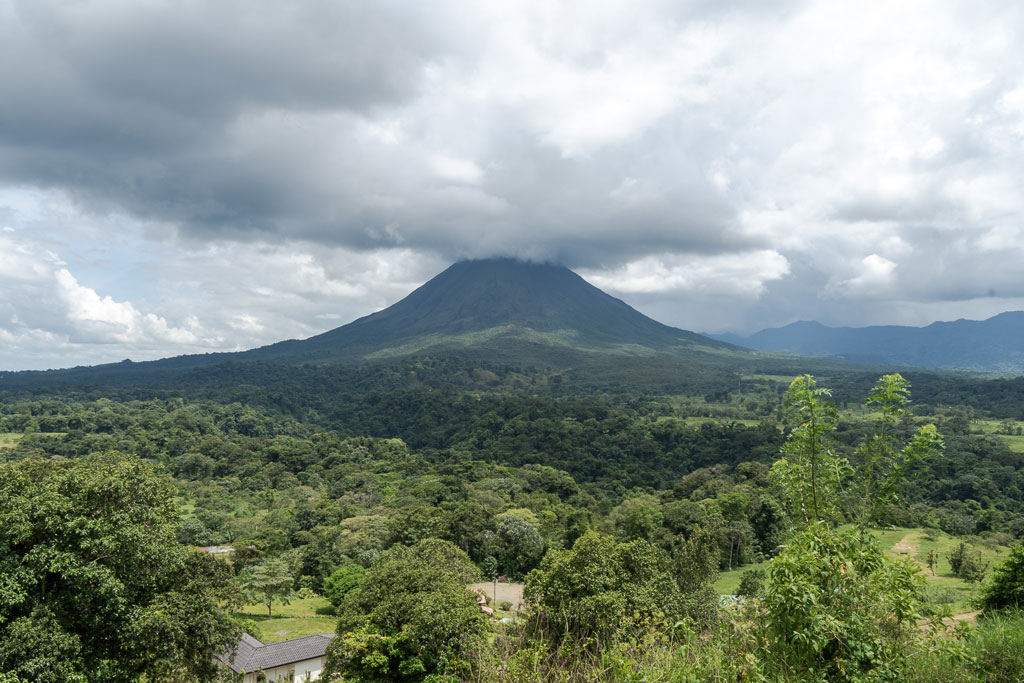
After departing San Jose, we started to make our way northwest to the Arenal volcano/La Fortuna area. Along the way we stopped at Chayote Lodge for a site inspection and some coffee. This 12-bungalow property overlooks the Central Valley and is a great option if you want to feel a little removed from the Central Valley/in nature, but not drive terribly far from the airport. The bungalow designs are all inspired by the coffee trade system Costa Rica is known for, the views over the valley are incredible and the team is extremely hospitable. They have a yoga area on property and can arrange many activities you associate with Costa Rica including visiting nature preserves and zip lining.
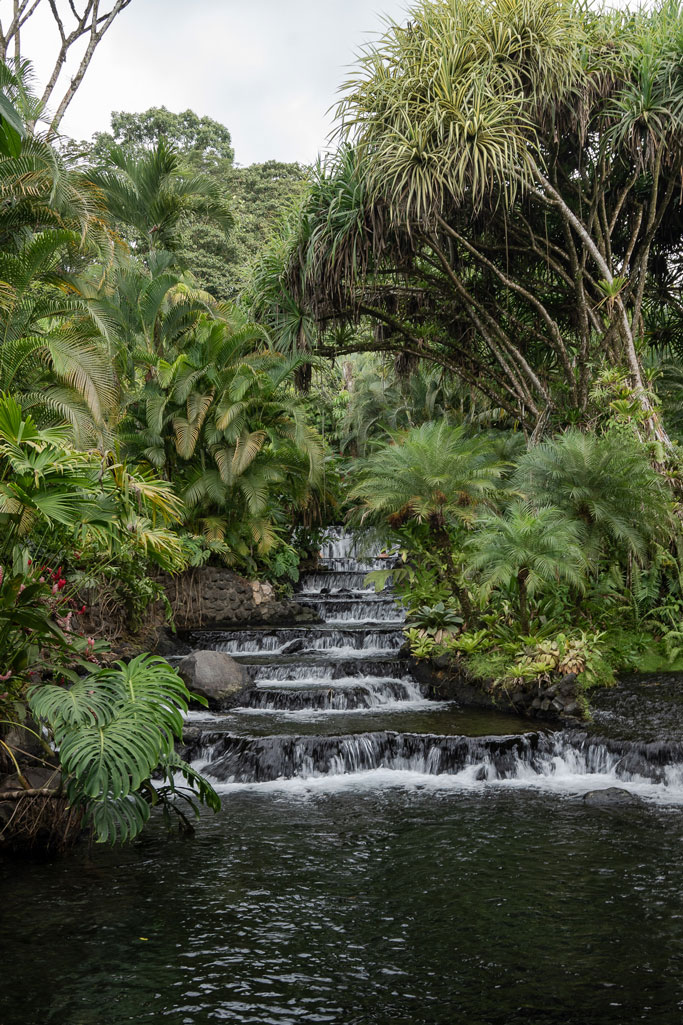
Arriving at Tabacón Thermal Resort & Spa at the base of the Arenal Volcano was a true highlight for me. This was one of the properties I was most looking forward to as it’s at the base of the volcano and features 29 natural thermal pools, heated by the volcano. What I was most surprised by was how comfortable and serene the accommodations were, how relaxed the environment was (it’s not uncommon to see guests strolling around in their robes to easily enjoy the hot springs), and how amazing the food was.
While at Tabacón, we had a few activity options to choose from: observing wildlife during a hanging bridges excursion or canyoning/waterfall repelling and I went with the hanging bridges excursion. It was a very peaceful day observing wildlife and enjoying the scenery, but I wish I’d had the chance to do both activities because the group that went canyoning had nothing but great things to say about it!
A few other activities in the area include exploring a volcano national park, go on a coffee and chocolate tour, visit the La Fortuna waterfall and explore the town of La Fortuna.
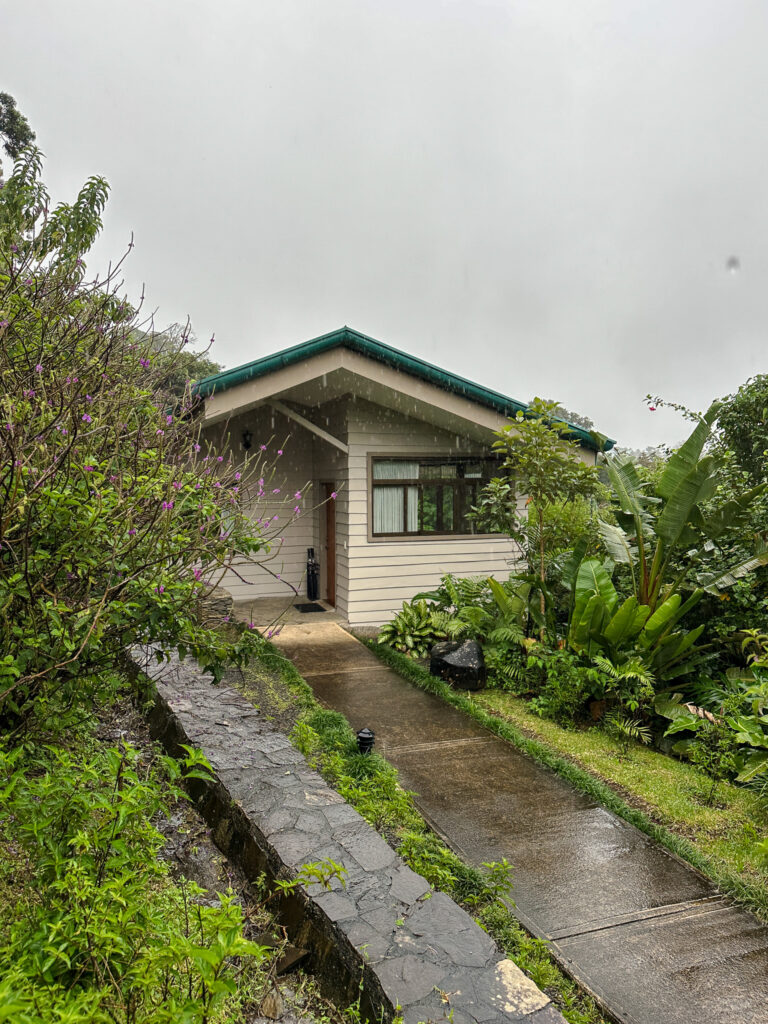
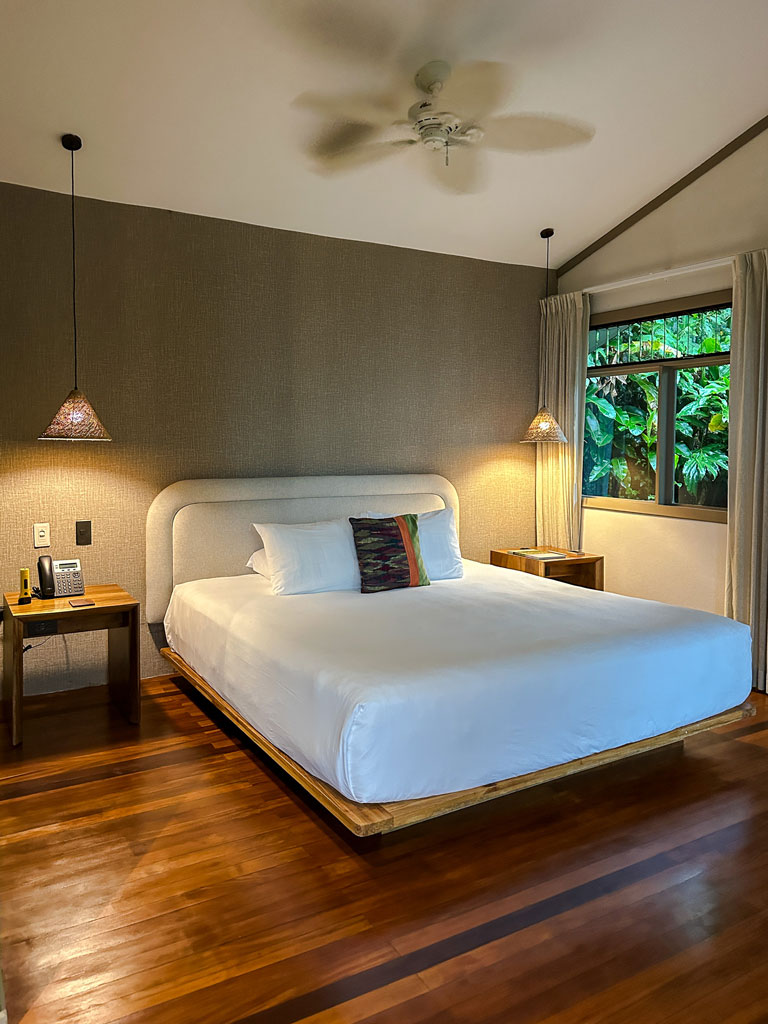
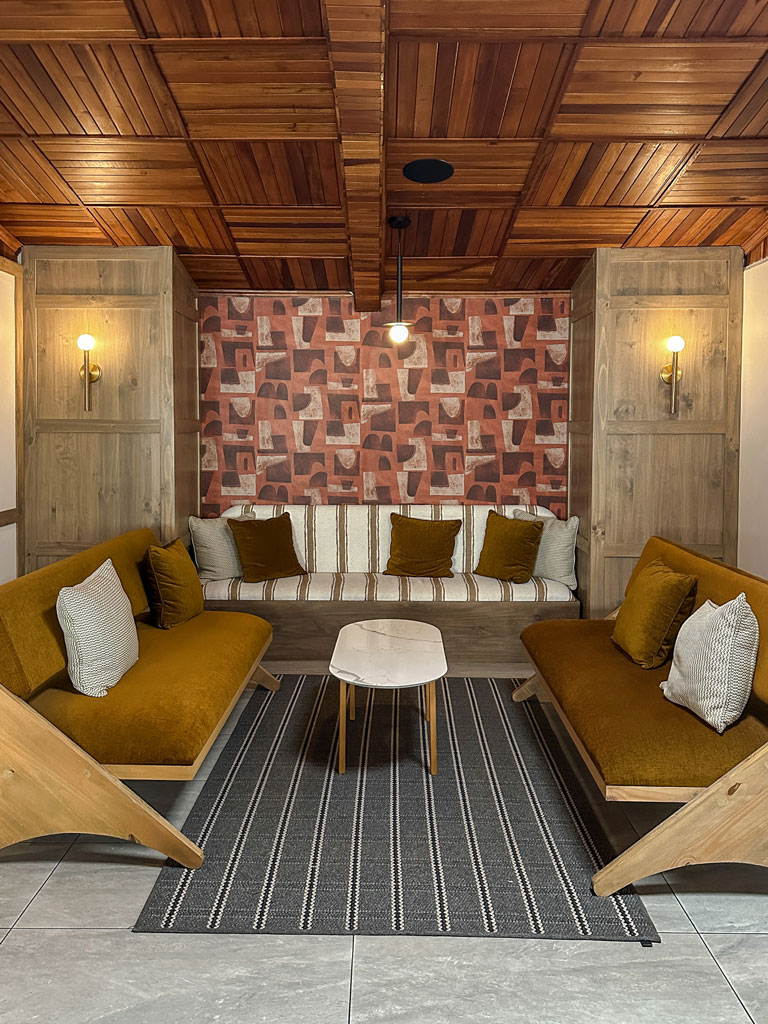
Our next stop was Monteverde which is known for its cloud forests, conservationism, and cultural heritage influenced by the Quakers who settled in the area in the 1950s. I had no idea what to expect from a “cloud forest,” but because of the low clouds every day it felt like we were literally up in the clouds! We stayed at Senda Monteverde, a property just outside Santa Elena with 28 rooms. We visited during green (or rainy) season and unfortunately had rain most afternoons/evenings starting around 1 PM, but it really added to the ambiance of the property. Monteverde is one of the best places in Costa Rica to go zip lining so that’s exactly what I signed up to experience! It was my first time and won’t be my last. Zipping through the tree canopy was such a surreal experience and it also pushed me way out of my comfort zone, which is one of the true joys of traveling! Other activities you can do while visiting the Monteverde area include: a trip to the sloth sanctuary, visit the hummingbird garden, take a coffee tour, explore the biological reserve, and most important for foodies: dine at the San Lucas Treetop Dining Experience.

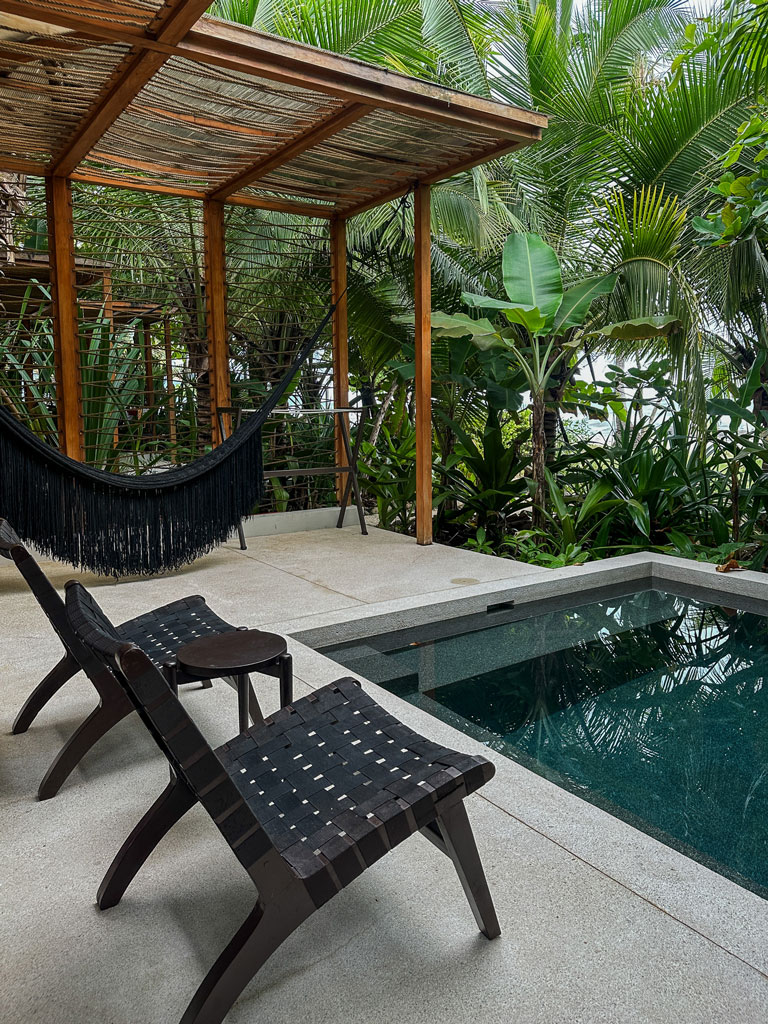
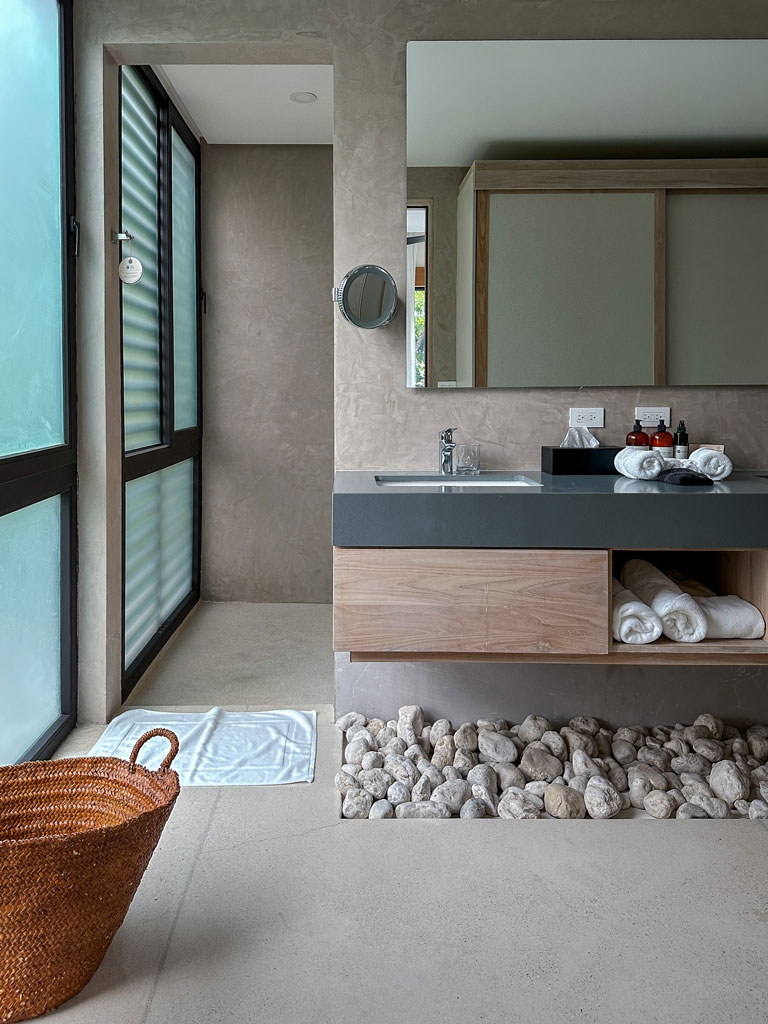
The last stop on the trip was one I was most looking forward to: visiting Santa Teresa. I’d heard about the beach town from friends, and it did not disappoint. It’s a little more rustic and off the beaten path than other beach towns in Costa Rica, and it reminds me a lot of what Tulum was like when I first visited in 2015 (or even before that – when Tulum was still an insider secret). It was definitely quite the drive to get there from Monteverde, but so worth it. And the hotel we stayed in – Nantipa – was beyond everything I expected. Nantipa is a small, luxury boutique hotel on the beach in Santa Teresa with 16 standard rooms, 2 bungalows, and two 3-bedroom villas. We had the most amazing horse back riding experience with Ario Tours. They took us on a 2-hour ride through a bunch of different terrain, including hitting the beach at the end which the horses loved. Santa Teresa is known as being a surf destination so the water is a little too rough for swimming, but Nantipa has a bunch of seating on the beach so you can still enjoy the sun. Other activities you can do in Santa Teresa include: visiting Tortuga Island for snorkeling, a traditional farm tour, private boat tours, whale watching, and fishing.
I learned so much about the country on this trip and I know I will be back some day (hopefully soon!). If you’re looking for a Costa Rica getaway, I’d love to chat because there are many ways to customize a trip to the amazing country!






